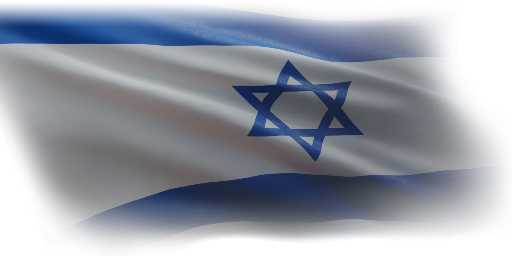
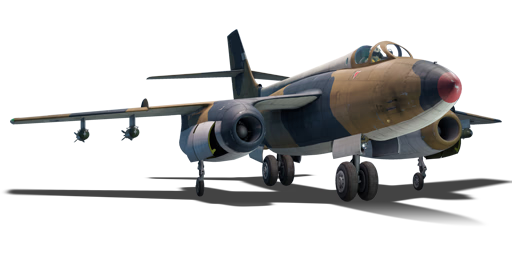


The Vautour IIA was a jet-powered attack aircraft designed by France during the 1950s. It was operated by Israel alongside the IIN variant. Armed with cannons and rockets, it was used in aerial reconnaissance duties but had the capabilities to perform Close Air Support missions thanks to its large amount of anti-ground ordnance.
Introduced in Update "Winged Lions", the Vautour IIA has very good flight performance compared to most bombers. The engines of the Vautour can beat most subsonic jets, both in top speed and acceleration. The aircraft has decent manoeuvrability for a bomber, and since it lacks any way to guide bombs precisely to its destination it's better used in low level attacks, flying close to the ground and dropping the bombs close to the target. These can be dangerous but is the most effective way to destroy enemy bases and ground units.
flaps
flaps
flaps
brake
| Belt | Belt filling | Armor penetration (mm) at a distance: | |||||
|---|---|---|---|---|---|---|---|
| 10 m | 100 m | 500 m | 1000 m | 1500 m | 2000 m | ||
| API-T/HEI/HEF | 35 | 32 | 21 | 13 | 8 | 5 | |
| HEI/API-T/API-T/API-T | 35 | 32 | 21 | 13 | 8 | 5 | |
| HEF/HEI/HEF/HEI/API-T | 35 | 32 | 21 | 13 | 8 | 5 | |
| HEF/HEI | 4 | 4 | 3 | 3 | 3 | 3 | |
| Name | Weight | Slot | ||||
|---|---|---|---|---|---|---|
| 65 kg |  |  |  |  | ||
| 19 × | 130 kg | 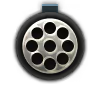 |  |  |  | |
| 6 × | 168 kg | 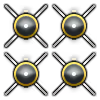 |  |  |  | |
| 6 × | 168 kg | 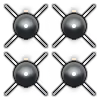 |  |  |  | |
| 134 kg | 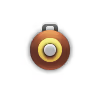 |  |  |  | ||
| 265.7 kg |  |  |  |  | ||
| 362.4 kg |  |  |  |  | ||
| 453.6 kg | 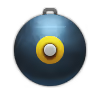 |  |  |  | ||
| 6 × | 804 kg | 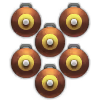 | ||||
| 6 × | 1,594.2 kg |  | ||||
| 6 × | 2,174.5 kg | 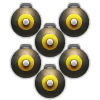 | ||||
| 2 × | 907.2 kg | 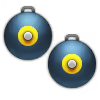 | ||||












Flight performance | |
|---|---|
Survivability |
|---|
Weaponry | ||
|---|---|---|